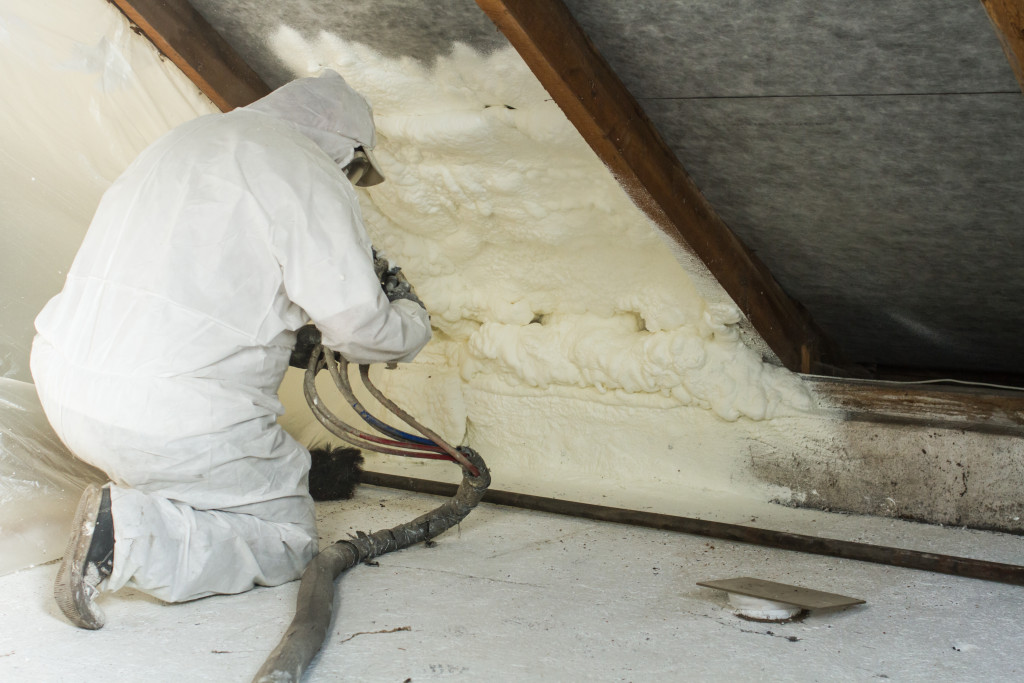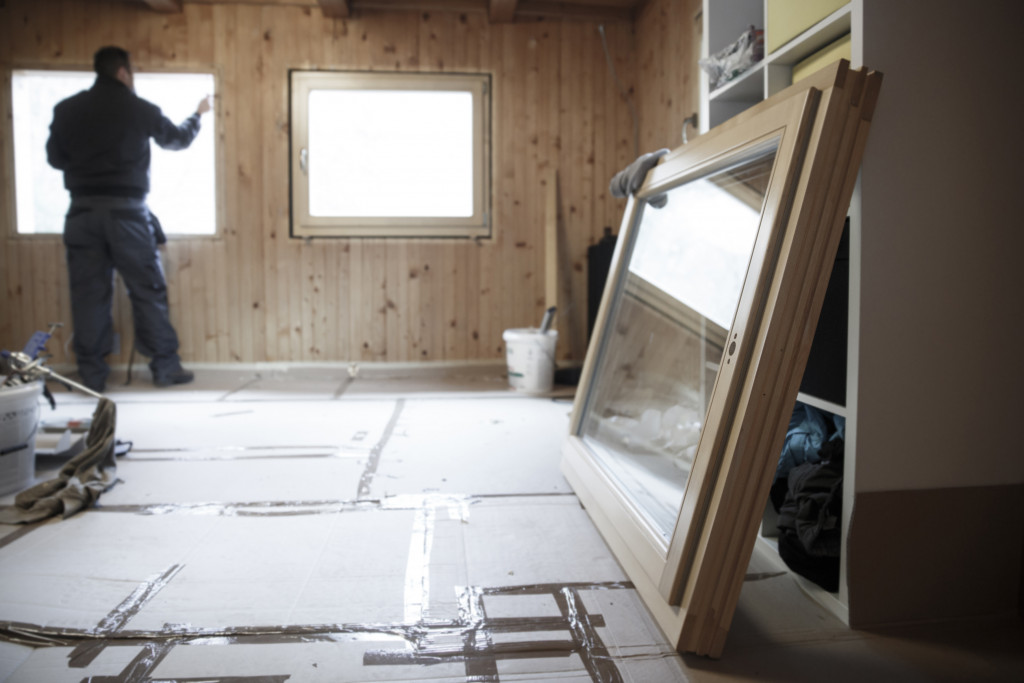Introduction
There’s nothing as satisfying as seeing your home renovation plans come to life. Naturally, a part of having a home is that maximizing function and comfort means that you’ll need to have working appliances, a functional HVAC system, and the proper utilities to optimize your home’s convenience.
However, using electronic devices at home and keeping your HVAC system running around the clock can use up a good amount of energy. It’s known that an average American citizen will consume around 10,000 kilowatts of energy annually. If this is the case, we’ll need to look for ways to cut down on energy costs without having to sacrifice our comfort at home.
So what are some important ways of conserving energy while also making key renovations and changes to your home? Here are some cost-effective strategies when making improvements to your home without spending a fortune.
Placing Emphasis On Lighting
First and most importantly, one of the best ways of cutting down on your energy bills while also making improvements to your home is making natural light in. Leaving your lights on throughout the whole night can have a significant impact on energy bills. At the same time, certain types of light bulbs will eat up more energy than others.
You might want to consider changing light bulbs that are already close to the end of their lifespan. The general rule of thumb is that the closer these lights are to the end of their life expectancy, it will eat more energy.
It’s important to keep in mind that you should control the amount of sunlight being let into your home. Although sunlight is a great way of reducing the amount of artificial light inside your home, keeping your place well-lit, exposing your appliances and furniture to harmful ultraviolet rays can also have a lasting effect. Fortunately, you won’t have to look far for curtains or blinds that can help control the amount of light that gets inside your home since there custom roman shades for windows that were specifically designed with form and function in mind. Not only is this a great way of cutting down on energy costs and controlling the amount of natural light that’s let in, but this is also a great way of maximizing your home’s privacy.

Insulation Is Key
Probably one of the most cost-effective ways of reducing energy bills while also ensuring that everyone inside your home is living a comfortable life by emphasizing insulation. Compared to having an active HVAC system, you won’t have to spend a dime on your energy bills when you’re focusing on the insulation of your home. This has been known for being one of the tried and tested passive ways of retaining heat inside your home while having a good balance of moisture.
Although you might have to spend on the proper insulation materials, it’s still a good way of cutting down on energy costs. When temperature can easily be controlled and retained through proper insulation, your home’s HVAC system won’t have to adjust its temperature and work harder to achieve the best possible outcome.
Various insulation materials can be strategically placed on sidings, your roof’s underlayment, and your attic. Not only will this help cut down on energy bills, but this is also a great way of keeping water damage away from your home’s structure, which is known for chipping away at the integrity of most supporting beams.
Still, most experts would suggest having an efficient ventilation system that can help complement your insulation. This is a great way of having a good balance of temperature, moisture, and humidity in each area inside your home.
Use Water When Necessary
Last but not least, one of the most important ways of improving your home while also cutting down on your energy and utility bills is by addressing any problems you might have with your plumbing. You might want to consider installing a more efficient water heater if you’re living in an area with cold weather conditions. At the same time, you’ll need to ensure that your pipes are insulated to ensure a stable temperature.
Why is this important? Suppose the temperature begins to fluctuate within your pipes and your water supply. In that case, water heaters will need to work harder to maintain a stable temperature, which means that it will consume more energy than usual. At the same time, the fluctuating temperature can also put some strain and stress on the structural integrity of your pipes.
If you’re not quite sure about what you have to do to maintain your piping and water system, you might want to consider getting professional help from plumbers. This can help identify issues before they can cause damage to your pipes and reduce water bills.
There are a variety of ways to improve your home and to cut down on energy bills. Whatever the situation might be, you’ll need to first consult with professionals on the matter. Meticulously planning out improvements to your home can help cut down on energy, cost, and effort. Although you might not need to spend a luxury on renovations, it’s still important not to sacrifice the quality of your materials just because it’s cheap: this will help increase the longevity of your appliances in the long run.

